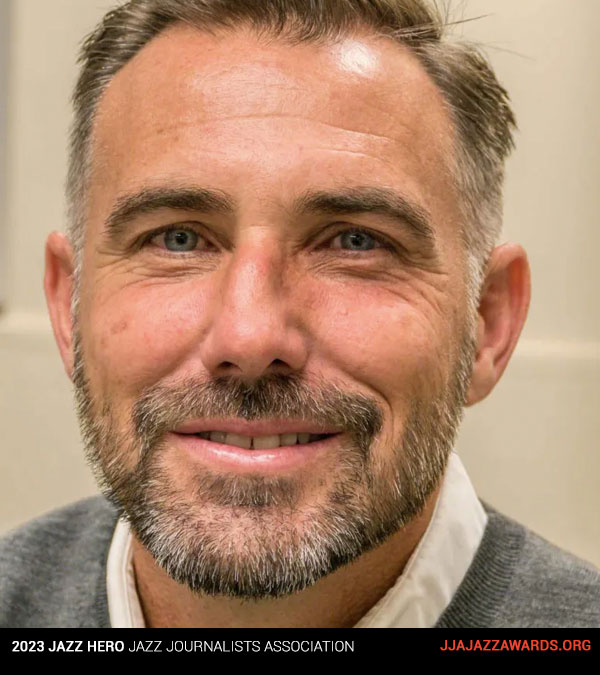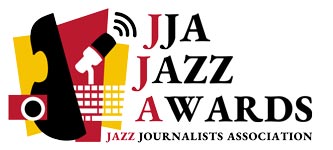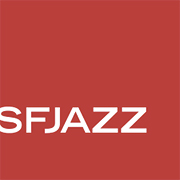San Jose Jazz Hero

As the executive director of San Jose Jazz (SJZ) since 2012, Brendan Rawson has played a central role in transforming a popular summer festival and year-round educational program into a nimble, artist-oriented organization quick to respond to dire situations, foreign and domestic. Though boom, bust and pandemic, SJZ has flourished in an environment where other performing arts organizations have foundered, partly due to the deep Silicon Valley roots that Rawson brought to the organization.
Encouraging creative entrepreneurship, he embraced the idea od an ensemble along the lines of the SFJAZZ Collective to represent SJZ when musicians approached him with the idea, and Rawson oversaw the creation of the SJZ Collective, a group featuring leading South Bay players. When the pandemic shut down all in person performances, SJZ launched the Jazz Aid Fund in 2021, an ongoing program that has given more than $100,000 to Bay Area musicians while commissioning some five dozen artists to compose and present new works.
But no initiative better reflects Rawson’s ability to transform an idea into a revelatory event than SJZ’s 2023 Winter Fest, which was billed as “Counterpoint with Ukraine,” an unprecedented collaboration with Olga Bekenshtein, a young Ukrainian producer who founded Kyiv’s Am I Jazz? festival in 2016. The project emerged out of the European Jazz Network conference in Sofia, Bulgaria last September, when Rawson caught the Ukrainian duo of trumpeter Dennis Adu and keyboardist Dmytro Avksentiev performing a piece commissioned by Am I Jazz?
Bekenshtein wasn’t at the conference, but Rawson made a point of reaching out to her via LinkedIn and they quickly put a plan into action. She co-curated Winter Fest, and about half of the four dozen concerts featured Ukrainian musicians, often sharing stages with their American peers.
Whether living abroad or in their besieged homeland, most of the Ukrainian musicians had never before performed in the United States. New relationships were forged between artists, and audiences got a glimpse into a jazz scene little known in the U.S., besides highlighting a nation under attack yet growing new jazz nonetheless, which is just what Rawson and Bekenshtein planned.
By Andrew Gilbert














